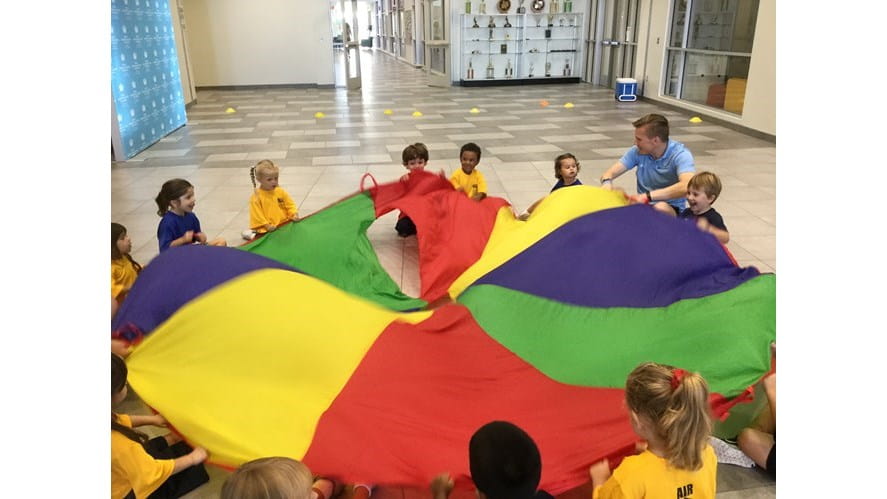Cereal boxes, cardboard tubes, corks, wire, pebbles, buttons – these sorts of objects are absolute treasures in early childhood.

Cereal boxes, cardboard tubes, corks, wire, pebbles, buttons – these sorts of objects are absolute treasures in early childhood.
Cereal boxes, cardboard tubes, corks, wire, pebbles, buttons – these sorts of objects are absolute treasures in early childhood.
Found materials like these offer intriguing provocations. I love that waste materials can be re-invented and given new meaning and purpose. This represents an optimistic and proactive way to approach environmentalism and to build change through giving value to otherwise worthless items, with the aim to generate new opportunities for communication and creativity. We are very thankful to our families who continually collect such resources for the children to work with at school. Graziella Brighenti, an educator in Reggio Emilia, suggests that materials have the right to be listened to and understood, that they have the power to invoke in us our own experiences. That materials become tools with which children give form to and express their understanding of the world and the meanings they have constructed. As I watch the children thoughtfully choose and arrange the materials it is like watching a story unfold as the children interact with them and bring them new life. It is as if the materials have their own inner life and their own story to tell, yet they can only be transformed through the encounter with children. I wonder what qualities draw the children to particular materials? I wonder what images, memories and sounds do the materials evoke in the children?
We use cookies to improve your online experiences. To learn more and choose your cookies options, please refer to our cookie policy.